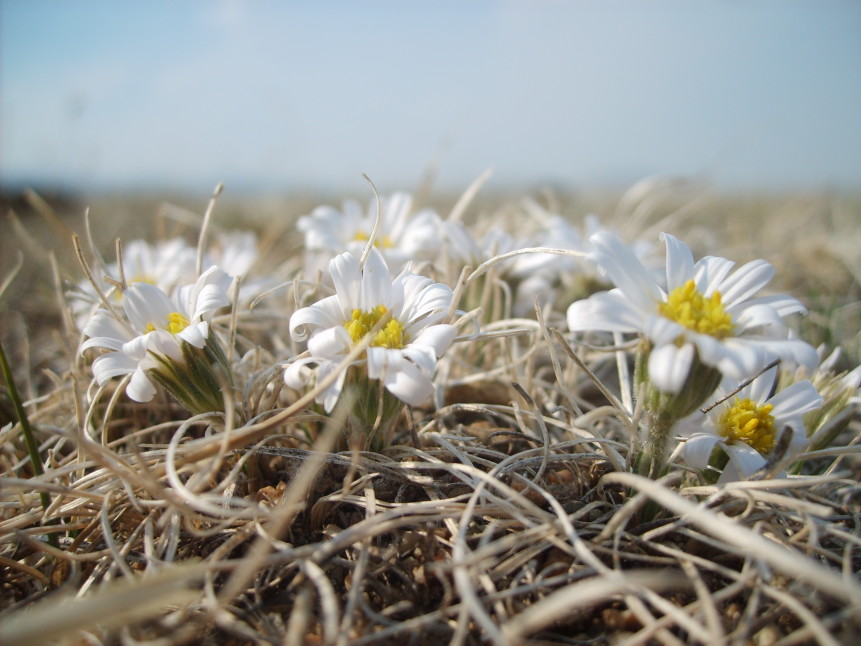Mongolian flora has remained undisturbed for centuries, in areas of pristine vegetation, often the last of its kind in the world. The Mongolian steppe is unsurpassed as an open pastureland and various types of grasses thrive on different ground and landscape conditions – from mountain to meadow steppe. There are many different types of steppe – generally named after the geographical terrain or a predominant plant species – just as there are many different types of Gobi. Formations and colonies of plants live in harmony with the soil and climate, where the only danger apart from the severe climate is from natural forest fires or desertification.
Mongolia is rich in fauna and is home to some of the world’s rarest wildlife. The more exotic rare species include the snow leopard , the Gobi bear and the wild ancestors of three of mankind’s most important domesticated animals – the wild camel , the Asiatic wild ass and Przewalski’s horse . Many international wildlife conservation projects are helping Mongolian organisations to safeguard these rare wild animals. Nine species of bird and 38 plant species are on the verge of extinction and there are mounting concerns about the fate of the Gobi bear, the wild camel and the saiga antelope , among other large mammals.

CONNECTED TOURS >>>>